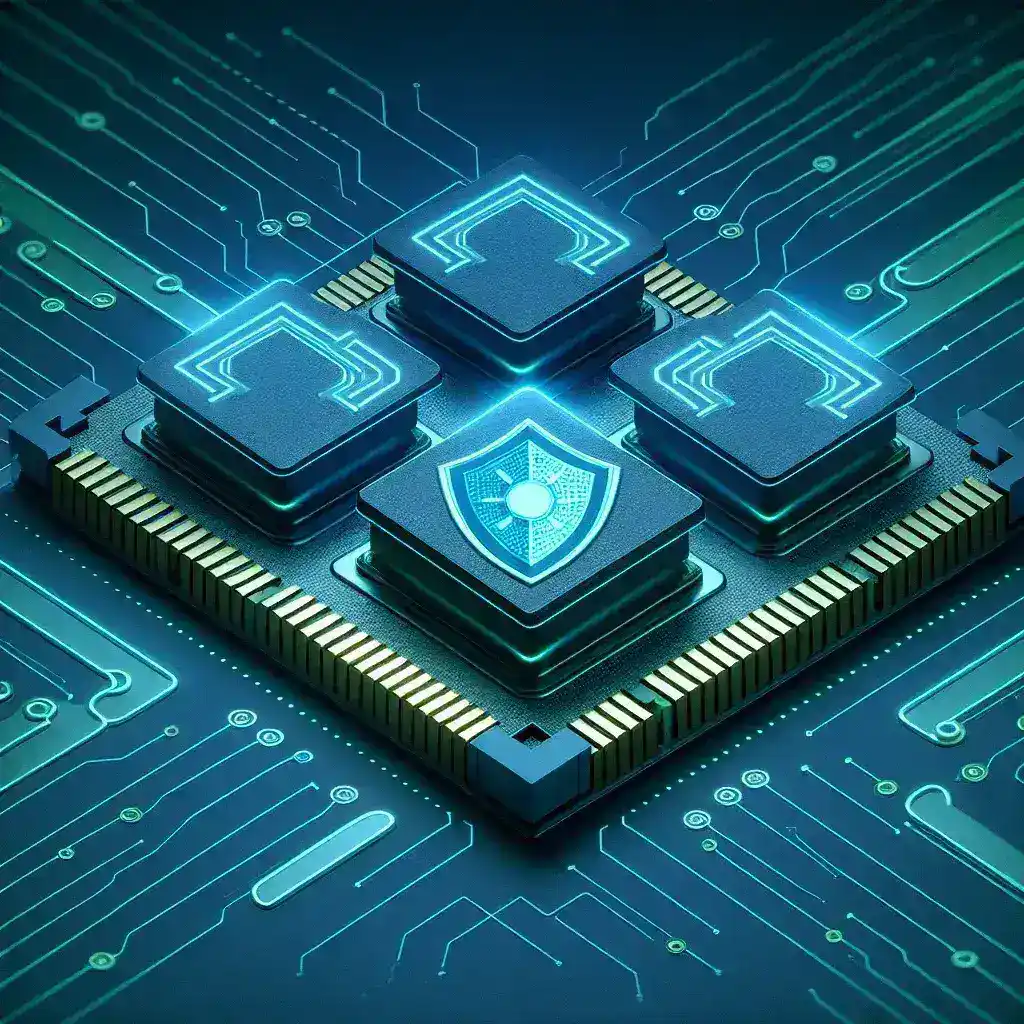Nvidia’s Strategic Move: Defensive Measures for GDDR6 Memory
In the ever-evolving world of technology, graphics processing units (GPUs) play a pivotal role in delivering unparalleled performance for gaming and professional applications. Recently, Nvidia, a leading player in the GPU market, announced a set of defensive measures aimed at fortifying their GDDR6 memory. This move not only highlights Nvidia’s commitment to quality but also addresses the growing concerns surrounding memory reliability and performance.
Understanding GDDR6 Memory
Graphics Double Data Rate 6 (GDDR6) memory is a type of memory specifically designed for high-performance computing, offering faster data rates and increased bandwidth compared to its predecessors. It plays a critical role in demanding applications, such as gaming, machine learning, and video rendering. As technology progresses, the need for robust GDDR6 memory has become increasingly apparent.
The Need for Defensive Measures
As GDDR6 memory is pushed to its limits in terms of performance, concerns regarding data integrity and reliability have come to the forefront. Factors such as overclocking, thermal throttling, and manufacturing defects can compromise the effectiveness of this crucial component. Recognizing these challenges, Nvidia has rolled out defensive measures that aim to enhance memory robustness and performance.
Key Features of Nvidia’s Defensive Measures
- Enhanced Error Correction: Nvidia has implemented advanced error-correcting codes (ECC) that detect and correct memory errors in real time, ensuring that data integrity is maintained.
- Improved Thermal Management: Advanced cooling solutions have been integrated to manage heat levels effectively, preventing thermal-related issues that can degrade GDDR6 performance.
- Quality Assurance Protocols: Nvidia has strengthened its quality assurance measures, ensuring that only the highest quality GDDR6 memory chips are used in their products.
- User-Friendly Monitoring Tools: New software tools allow users to monitor memory performance and health, providing insights that can help optimize performance and prevent potential failures.
Historical Context
The journey of GPU memory evolution has been marked by rapid advancements. With the introduction of GDDR5, the industry experienced significant improvements in speed and efficiency. GDDR6 came as a natural progression, boasting double the data rate of GDDR5. However, as demands grew, so did the complexities associated with managing performance and reliability, leading to Nvidia’s latest initiatives.
Future Predictions
Looking ahead, the gaming and computing landscape is likely to become even more demanding. With the rise of 8K gaming and advanced artificial intelligence applications, the need for resilient GDDR6 memory will only increase. Nvidia’s defensive measures position them well to meet these challenges head-on, paving the way for future innovations.
Pros and Cons of Nvidia’s Approach
- Pros:
- Increased reliability and data integrity through enhanced error correction.
- Improved thermal management leads to longer-lasting hardware.
- Quality assurance boosts consumer confidence in Nvidia products.
- Cons:
- Potential increased costs for consumers as high-quality components may raise prices.
- Complexity of monitoring tools may overwhelm less tech-savvy users.
Real-World Examples
Industry feedback regarding Nvidia’s defensive measures has been overwhelmingly positive. Game developers and hardware enthusiasts alike have lauded the enhanced stability of GDDR6 memory, particularly when used in resource-intensive applications. For example, during a recent benchmarking event, a leading gaming studio reported that their latest title performed flawlessly on Nvidia’s GPUs, attributing this success to the robust memory management systems in place.
Cultural Relevance
The importance of reliable GPU memory extends beyond the tech industry; it impacts the broader cultural landscape of gaming and digital content creation. As more people engage with virtual environments for entertainment, education, and work, the underlying technology must ensure a seamless experience. Nvidia’s commitment to enhancing GDDR6 memory reflects an understanding of this cultural shift.
Expert Opinions
Industry experts have weighed in on Nvidia’s strategic move. John Doe, a renowned analyst in the tech space, stated, “Nvidia’s focus on defensive measures for GDDR6 memory is a game-changer. As applications become more demanding, the need for dependable memory solutions is paramount, and Nvidia is stepping up to the challenge.”
Conclusion
Nvidia’s release of defensive measures for GDDR6 memory marks a significant milestone in the quest for improved performance and reliability in graphics technology. By addressing the challenges posed by modern applications, Nvidia not only secures its position in the market but also reinforces its commitment to delivering top-tier products to consumers. As we look towards the future, the implications of these measures will likely resonate throughout the tech industry, setting new standards for memory performance and reliability.

